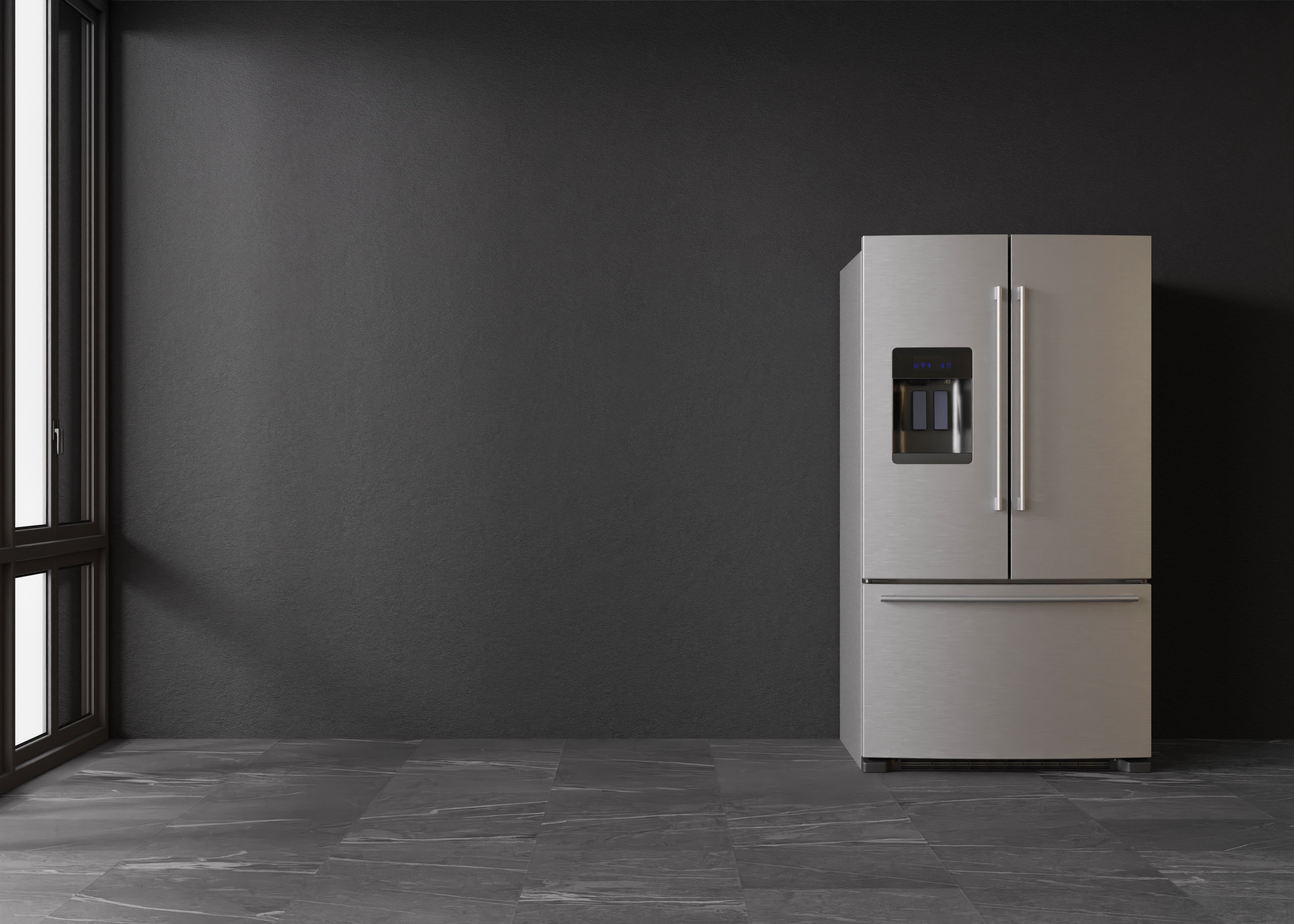Understanding Fridges and Freezers: The Essential Kitchen Appliances
Refrigerators and freezers are two of the most necessary devices in contemporary cooking areas. These appliances serve a crucial role in food preservation and waste decrease by guaranteeing that perishable products stay fresh and safe for consumption. Fridges For Sale into the numerous types of fridges and freezers, their performances, and crucial considerations for choice and maintenance.
Kinds of Refrigerators
The marketplace offers a range of refrigerator types, each created to meet various consumer needs. Below is a list of the most typical kinds of fridges:
Top-Freezer Refrigerators
- Most typical type.
- Freezer compartment lies above the refrigerator section.
- Generally more budget-friendly and energy-efficient.
Bottom-Freezer Refrigerators
- Freezer lies at the bottom.
- Permits much easier access to fresh products at eye level.
- Frequently includes pull-out drawers for better company.
Side-by-Side Refrigerators
- Refrigerator and freezer sections are adjacent.
- Ideal for narrow cooking areas and allows simple access to both compartments.
- Often comes with water and ice dispensers.
French Door Refrigerators
- Integrates a bottom freezer with double doors at the top.
- Deals sufficient storage and elegant designs.
- Frequently consists of functions like temperature-controlled drawers.
Compact Refrigerators
- Smaller size suitable for minimal spaces.
- Typically utilized in dormitory, studio apartments, or as secondary fridges.
Table 1: Comparison of Refrigerator Types
| Type | Benefits | Disadvantages | Common Size |
|---|---|---|---|
| Top-Freezer | Affordable, energy-efficient | Less convenient access to the freezer | 14-30 cu. ft. |
| Bottom-Freezer | Easier access to fresh food | Freezer can be harder to organize | 19-30 cu. ft. |
| Side-by-Side | Easy gain access to, water/ice dispenser | Narrow vs. storage area | 22-30 cu. ft. |
| French Door | Trendy, large, arranged | More expensive | 20-30+ cu. ft. |
| Compact | Space-saving, portable | Minimal storage | 1.7-5.5 cu. ft. |
Types of Freezers
Freezers are a similarly crucial home appliance for food conservation. They come in different designs designed to fit various family requirements. Consider the list below types:
Upright Freezers
- Run like a basic refrigerator with vertical storage.
- Much easier to arrange with shelves and compartments.
Chest Freezers
- Large, horizontal design usually providing more storage area.
- Maintains temperatures much better throughout power failures.
- More energy-efficient than upright models.
Portable Freezers
- Compact units ideal for outside activities or small spaces.
- Typically used for camping trips or as short-lived storage.
Table 2: Comparison of Freezer Types
| Type | Advantages | Downsides | Common Size |
|---|---|---|---|
| Upright Freezer | Easier to organize | Less energy-efficient, more flooring space | 5-20 cu. ft. |
| Chest Freezer | Holds more products, energy-efficient | Harder to organize | 5-25 cu. ft. |
| Portable Freezer | Compact and flexible | Restricted storage capability | 1-10 cu. ft. |
Key Features to Consider
When choosing a fridge or freezer, consumers need to remember numerous features that can improve functionality:
- Energy Efficiency: Look for models with the ENERGY STAR certification to save money on electrical power costs.
- Storage Capacity: Evaluate storage requirements based on household size and eating practices.
- Temperature level Control: Some appliances offer digital controls for precise temperature level settings.
- Adjustable Shelving: Customizable shelving enables for ideal company.
- Water and Ice Dispenser: Offers convenience however can take up important space inside.
- Sound Level: Sound scores can influence comfort, particularly in open-concept homes.
Advantages and disadvantages of Having a Fridge and Freezer
While fridges and freezers are essential innovations, they also have certain benefits and downsides:
| Pros | Cons |
|---|---|
| Maintain food life expectancy and lower waste | Need regular maintenance |
| Allow bulk buying and meal prepping | Can be costly to acquire and run |
| Deal benefit and fast access to food | Occupy substantial cooking area area |
Maintenance Tips
To guarantee durability and optimum performance of fridges and freezers, think about the following maintenance pointers:
- Regular Cleaning: Clean the exterior and interior occasionally to avoid buildup of dirt and bacteria.
- Check Seals: Inspect door seals routinely for leaks to preserve effectiveness.
- Temperature Settings: Keep the fridge at 34-38 ° F and the freezer at 0 ° F for optimum food preservation.
- Defrost as Needed: Chest freezers ought to be thawed frequently to preserve efficiency.
- Clear Air Vents: Ensure that air flow isn't obstructed to enhance energy performance.
Frequently asked questions About Fridges and Freezers
Q1: How long can food be saved in a freezer?A: Most foods can be kept in a freezer for numerous months. Meats and poultry typically last 4-12 months, while veggies can last up to 8-12 months.
Q2: How often need to I clean my fridge and freezer?A: It is a good idea to clean your fridge and freezer every 3 to 6 months, or as needed when spills occur. Q3: Can I put hot food directly in the fridge?A: It is advised to cool hot food to room temperature before positioning it in the fridge to avoid
raising the temperature inside the appliance. Q4: Why is my fridge running constantly?A: This could be due to a malfunctioning thermostat, clogged coils, or door seals that aren't working appropriately. Fridges and freezers are indispensable
assets to modern homes, providing essential services for food storage and conservation.
Comprehending the numerous types, features, and maintenance requirements can help consumers pick the best devices for their needs and optimize their functionality. Welcoming energy-efficient designs not only supports sustainable practices however likewise adds to considerable savings on utility bills, making informed choices more crucial than ever.

